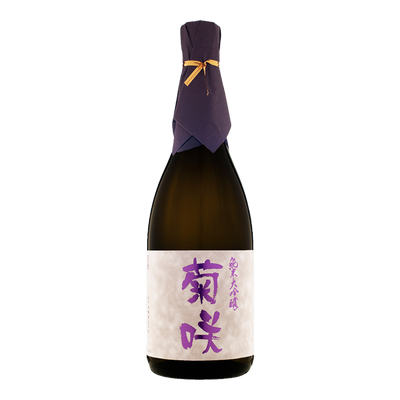Nihonshu-do and San-do
When you are shopping in a Sake shop, all the different bottles in front of you may made you confused.The index of Nihonshu-do and San-do will help you to find the right Sake.
Nihonshu-do and San-do will be printed on the label. Nihonshu-do shows the sweetness of the Sake, "-" value means it carries more residual sugar, which is called "Amakuchi" (Sweet) in Japanese. The higher the value, the sweeter the Sake. "+" value means the Sake is drier, which is called "Karakuchi" (Dry).
However, you must put San-do in consideration in the same time together with Nihonshu-do, otherwise you cannot tell the real characteristics of Sake. 1.5 to 1.7 is the average San-do level of Sake, if it is higher, means the acidity is high, falls into the "Rich and Strong" category. In case the San-do level is lower than average, the acidity is lower, it is in the category of "Light and crispy".
When you describe a bottle of Sake, try to put both indexes together. For an example, "Light and crispy - Karakuchi" is a bottle of low Nihonshu-do and "+" Sake. When you take a look at Raifuku Daiginjo Shizuku, Nihonshu-do is "+2", which means it is dry, and San-do is "1.1", which means the style is "Light and crispy".






